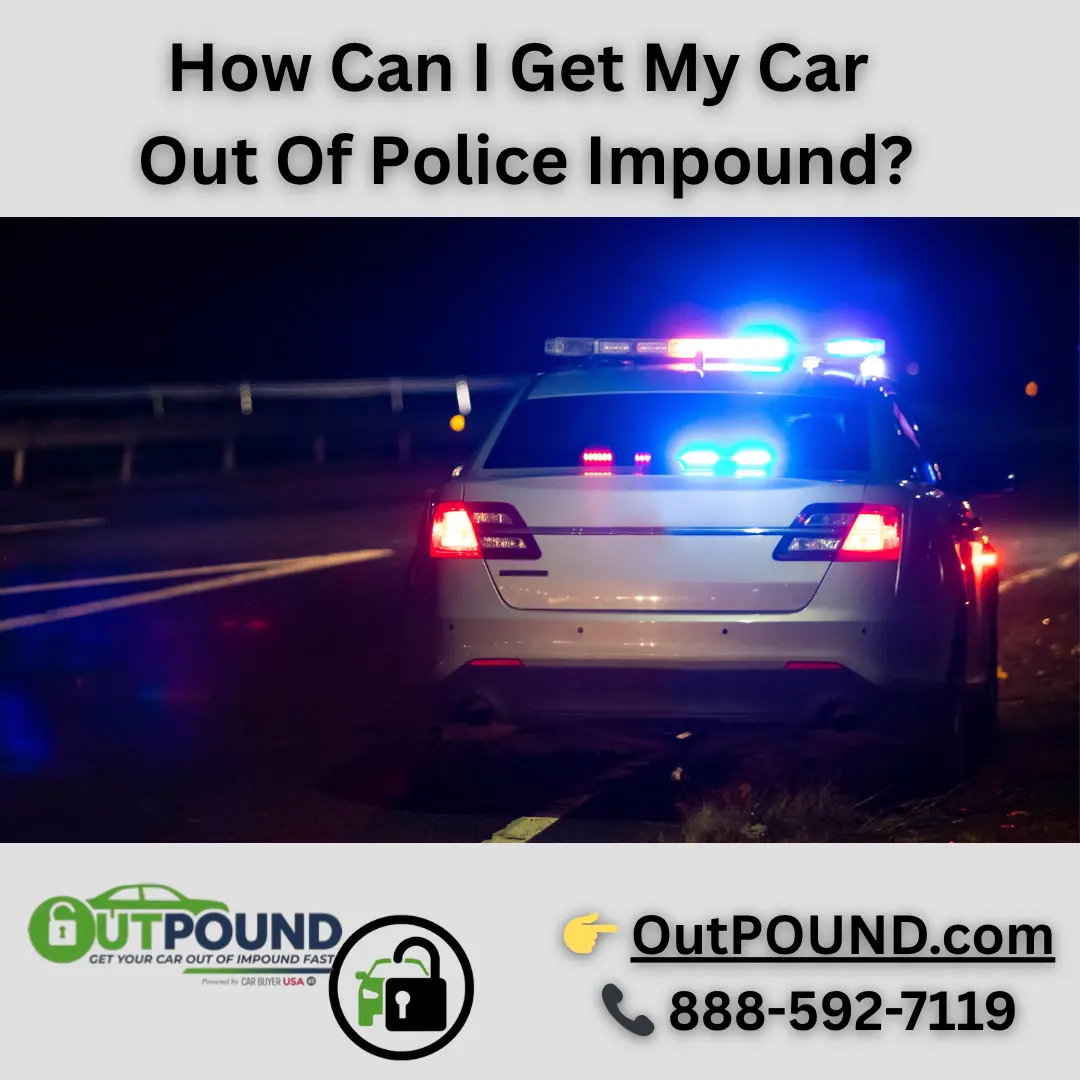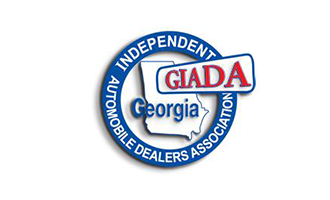
Having your car impounded can be stressful, but knowing what steps to take can make the process smoother and less overwhelming. Whether your car was towed for unpaid tickets, expired registration, or a more serious matter, the goal is the same—get your vehicle back as quickly and efficiently as possible. Here's a general guide to help you through it.
The first step is to locate your vehicle. This usually involves contacting the local police department, either by phone or through their website. Be ready with information like your license plate number, Vehicle Identification Number (VIN), or your driver’s license to confirm ownership and get details on where the vehicle is being held. Next, it's important to understand why your car was impounded. Common reasons include unpaid tickets, driving without a license or insurance, DUI arrests, illegal parking, abandonment, or even being involved in a crime. Knowing the reason helps you determine what issues need to be resolved before your car can be released.
Once you understand the reason for the impound, it’s time to gather the necessary documents. These typically include a valid driver’s license, proof of ownership (such as a title or current registration), and proof of insurance. Depending on your situation, you might also need a release form from the police. If the car is not registered in your name, the owner must either be present or provide you with a notarized letter authorizing you to retrieve the vehicle. Be prepared to pay a range of fees. These can include towing costs, daily storage fees, and administrative charges. The method of payment, whether cash, card, or money order, depends on the facility. Do call ahead to confirm what’s accepted.
In many cases, you’ll also need to resolve any outstanding issues before retrieving the vehicle. That could mean paying off tickets, renewing your registration or insurance, or obtaining a court release if your car was held as part of a legal case. When you’re ready, visit the impound lot during their business hours. Some locations require you to stop by the police station first for a release form or to make an appointment. Bring all required documents and payment with you.
Once everything is in order, you’ll be allowed to retrieve your vehicle. Keep in mind that some lots require a licensed driver to drive the vehicle off the property. If your car has been damaged or is undriveable, you may need to arrange a tow. There are also special cases to consider. If your car was stolen and later recovered, you might need a release form from the detective handling the investigation. In situations where the vehicle has been totaled, towing arrangements will likely be necessary.
After you've located your car and gathered all necessary paperwork, contact OUTPOUND. We specialize in helping you navigate the release process, especially when things get complicated. Whether you're dealing with a recovered stolen vehicle or need towing support, OUTPOUND is here to assist every step of the way.

